
20 Aug, 2013
ASEAN, Japan, Bhutan Big Winners at Thailand Travel Fair 2013
BANGKOK – Thousands of Thai would-be travellers thronged this year’s second Thailand International Travel Fair between Aug 15-18 at the Queen Sirikit National Convention Centre in Bangkok. The event was organised by the Thai Travel Agents Association, which includes the outbound and domestic agents and is separate from the Association of Thai Travel Agents (ATTA), the inbound travel grouping. The first two days were for the trade followed by two days of consumer.
Here are some key trends that were apparent (see picture gallery below the text):
1) The timing of the show targets the upcoming October 2013 school holiday travel period. This year’s show gained new ground because of the huge boom in Thailand’s overall travel industry, thanks to the strength of the Thai baht, the many airlines flying to Thailand, deals and discounts across the board, and the surge in interest for travel to the neighbouring countries of ASEAN in the buildup to the ASEAN Economic Community integration process.
2) This year, ASEAN was the winner. For the first time, the Tourism Authority of Thailand, although it is an inbound tourism marketing agency, had a booth under the “ASEAN for ASEAN” banner. All its promotional material, including audio-visuals and creative signage designed as Asian Highway indicators, pointed to ASEAN destinations (see pictures below). Special screens were set up such that visitors could pose against the backdrop of ASEAN tourism icons and email the e-pictures to themselves. Hundreds of e-pictures were taken during the four-day event, generating huge amounts of publicity for the ASEAN destinations at virtually no cost.
3) In line with the promotion of intra-ASEAN travel, Indonesia’s Jogjakarta was the only ASEAN city to have an individual presence. The city’s tourism promotion body was making a comeback at the TITF after a gap of one year. The main target market is Thai Buddhist pilgrimage travel to Borobudur, one of the world’s largest Buddhist temples. Although the city is less than four hours flying time from Bangkok, there are no direct flights, thanks to traffic rights restrictions by the Indonesians. A table-top session was organised but it was poorly promoted and not well attended, highlighting the need for ASEAN destinations to raise the level of their marketing efforts.
4) Japan is set to become a major drawcard for the outbound Thai market, thanks to the lifting of visa restrictions which has been followed by a huge surge in demand. Thai Airways International’s reservation systems are jammed with calls which, when placed in the queue, bombard the caller with promotional deals on flights to Japan. With nearly 20 city and provincial destinations and assorted other companies, Japan had easily the largest country presence. The JNTO also organised a half-day seminar to give the individual sellers a chance to highlight their travel opportunities. Because Thais also do not need visas to travel to Korea, a potential boom awaits for Japan-Korea packages. Traditional visa-free destinations for Thais, such as Singapore and Hong Kong, can expect to face a significant competitive heat.
5) Bhutan was also a first-time exhibitor. The booth was visited by Bhutan’s Ambassador to Thailand, Mr Kesang Wangdi, who, in his capacity as former director-general of the Bhutan Tourism Council, is encouraging a more prominent Bhutanese tourism marketing profile in Bangkok, arguably the best gateway to Thimphu. That will lead to more Buddhist pilgrims to Bhutan as well as leisure, ecotourism and cultural travel by the growing number of expatriates in the Thai capital. It will also strengthen the status of Thailand as a gateway to some of the choicest destinations in the entire South and Southeast Asian regions.
6) Except for Qatar Airways, none of the major airlines were present. Instead, new airlines such as VietJet and Asia Atlantic Airlines took up space, also offering deals. VietJet’s presence means more travel to Vietnam. Low-cost airlines such as NokAir and AirAsia were out in strength, complete with reservation systems installed and discount deals in place for early bookings. Long queues were seen on the consumer days, even in the initial hours of the show opening.
7) Two banks, Siam Commercial Bank and Thai Farmers Bank were present, sensing opportunities to sell packages, in cooperation with their branded credit card companies. Plenty of fly-now, pay-later deals were available on installments.
8) At least one insurance company, Thai Wiwat, had a presence. So did money-exchange services such as “Super-rich”.
9) India had only a small presence. Another major event, an India Week, was running simultaneously at one of Bangkok’s most popular shopping complexes, the Paragon, at the same time alongside the Indian Independence Day celebrations. That was more than enough to trigger the travel bug for India.
10) The TITF’s domestic travel section was much larger, with a full range of emerging attractions, products and services, from boutique hotels to theme parks. Dominated by small & medium sized enterprises, the domestic travel section highlighted the number of ancillary companies benefitting from the travel & tourism boom, from makers of camping equipment to bags and footwear and herbal/spa products.
11) A day long seminar was organised on the issue of sustainable tourism.
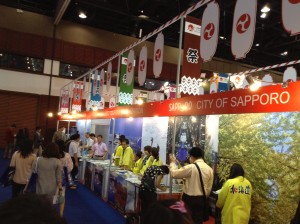 |
|
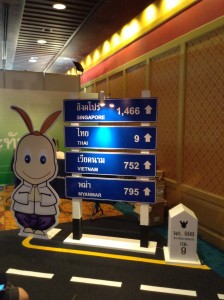 |
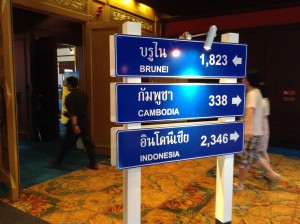 |
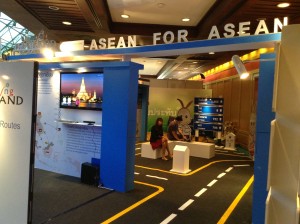 |
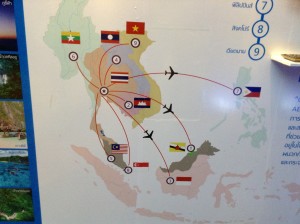 |
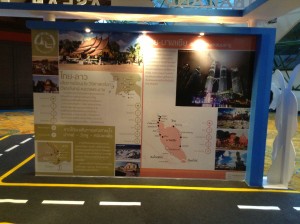 |
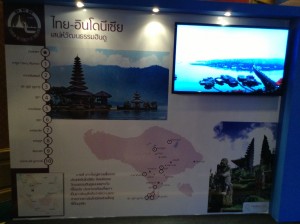 |
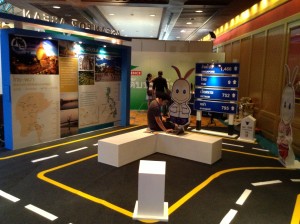 |
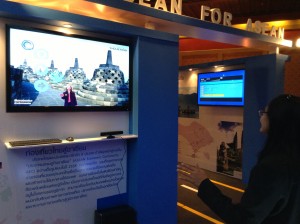 |
 |
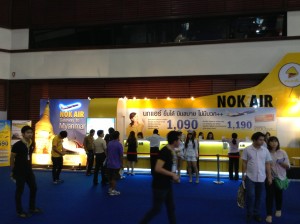 |
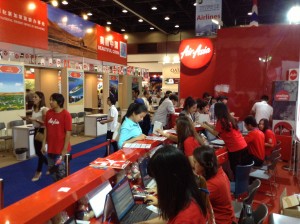 |
|
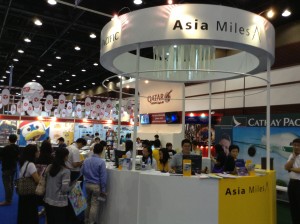 |
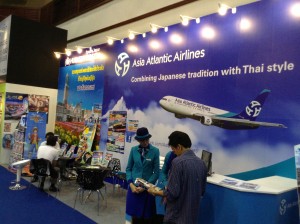 |
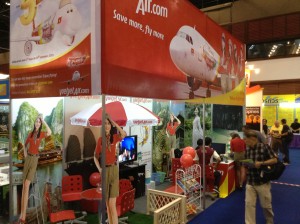 |
|
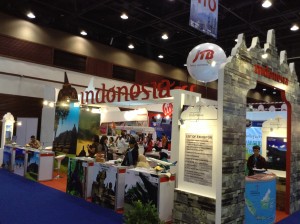 |
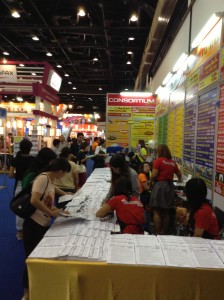 |
 |
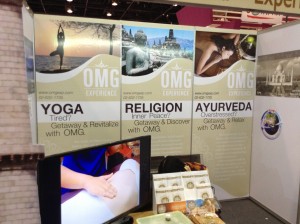 |
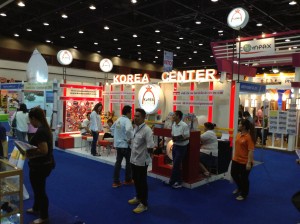 |
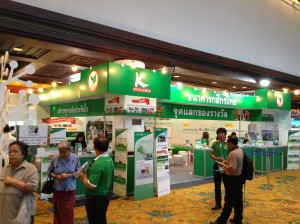 |
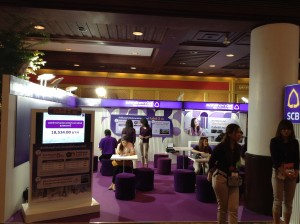 |
 |
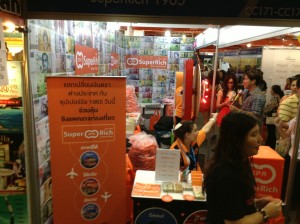 |
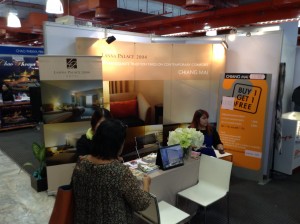 |
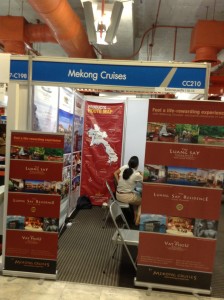 |
 |
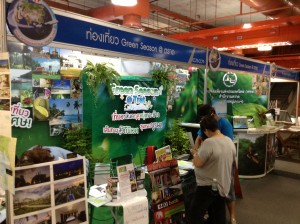 |
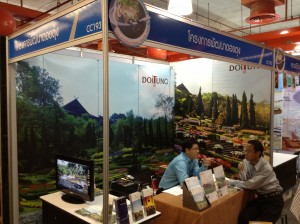 |

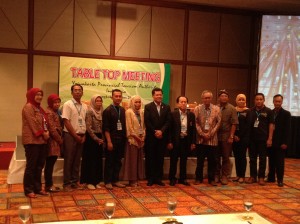
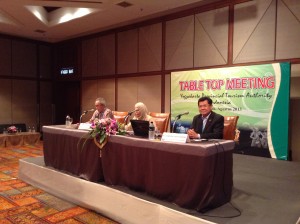
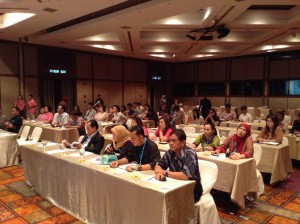
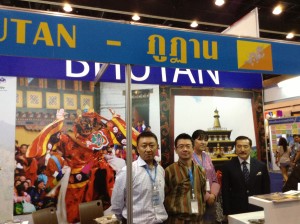
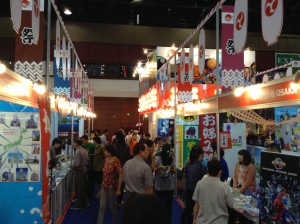
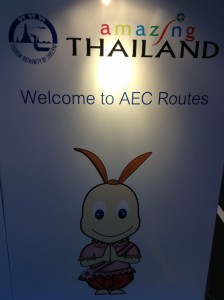
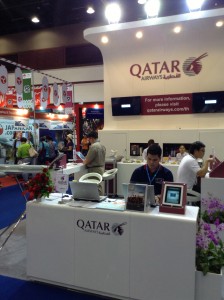
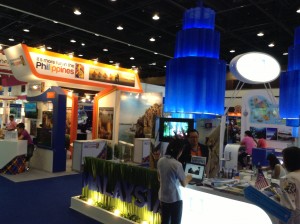


Liked this article? Share it!